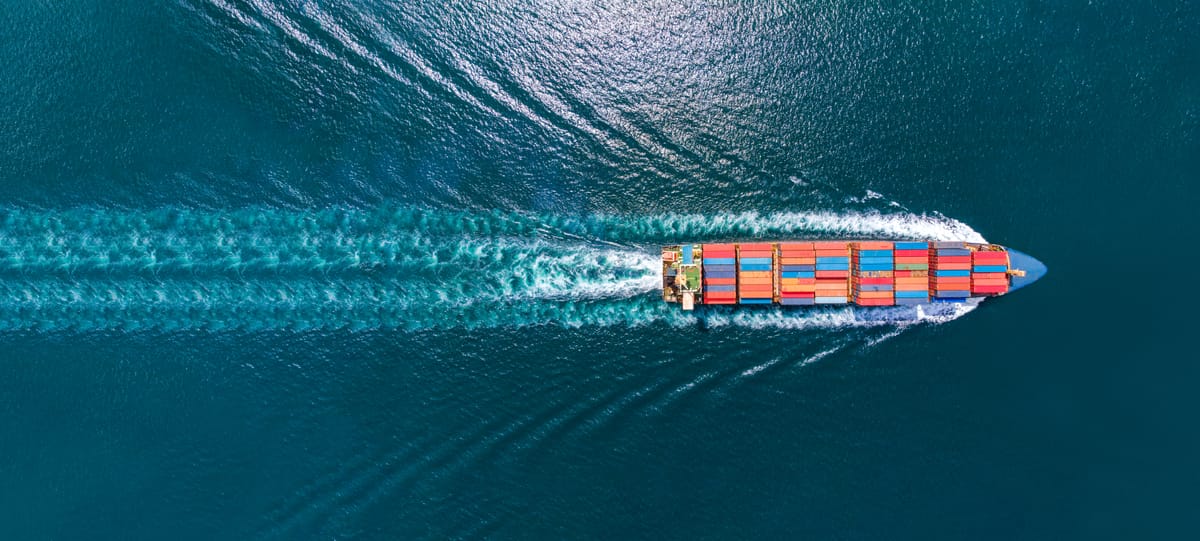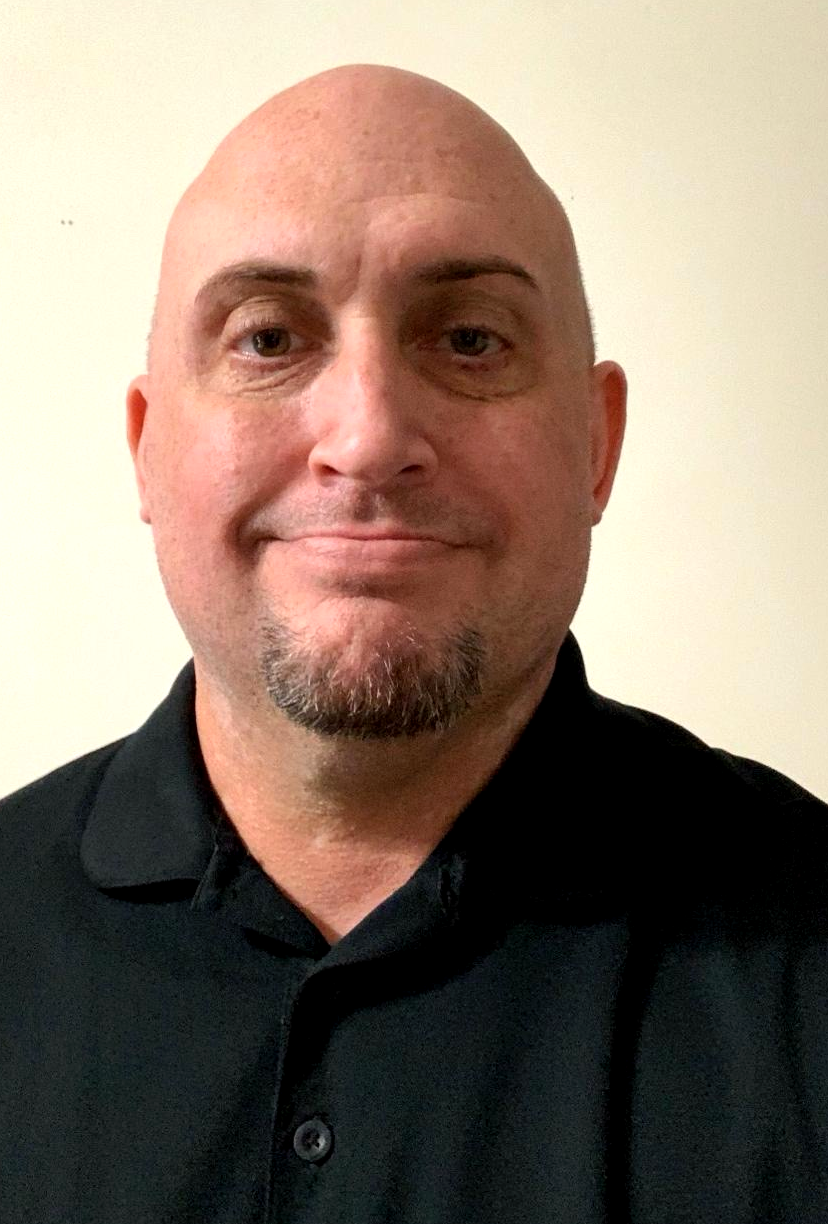Protecting carriers amid big swings in freight volume
Daniel Walsh walks through managing the ups and downs of freight volume

A version of this story first appeared in The Inside Lane newsletter. To get it in your inbox twice a week, sign up for free, here.
By Shefali Kapadia | The Inside Lane
Today's freight market is constantly shifting, and with that comes changing equipment needs. One day, a fleet may need more trucks and trailers than it can find; the next, equipment is sitting idle.
That's why flexibility is top of mind for TRAC Intermodal, which provides equipment and manages chassis pools. We chatted with Daniel Walsh, president and CEO of TRAC Intermodal, to understand how the company is working with motor carriers and helping manage the ups and downs of freight volume.
With tariffs and shifting port volumes, how are you handling the changes? Are you collaborating with trucking firms in any way?
We are offering short-term and flexible options to help motor carriers better manage fluctuating demands. TRAC is using GPS technology to create private pool solutions within a carrier’s infrastructure. This gives a carrier control of a set pool of chassis and, more importantly, availability. This protects carriers from the recent swings in volumes and chassis availability at the ports. When volumes spike and the carriers know they have a set number of chassis on their yard, they can support their customers, providing a distinct advantage over competitors who might struggle to meet demand. When port volumes decline, we have flexible pricing and customers pay for chassis only when they need them. We continue to closely monitor equipment demand, in collaboration with trucking companies, ocean carriers, port and terminal operators, and BCOs. We are actively building strategic chassis reserves in areas where we expect volume to be high, as we have done over the past 18 months.
What's one thing you wish carriers better understood about working with TRAC?
Our willingness to be flexible and work with carriers to meet their needs in an evolving marketplace. We have multiple solutions to help carriers, backed by our commitment to safety and service for our customers. These solutions may include 40-foot chassis or specialty equipment such as tri-axles, combo chassis, expendables and other options. Additionally, as the largest marine chassis pool provider, TRAC has re-entered the 53-foot equipment market. TRAC now offers a domestic chassis pool, domestic chassis term lease and domestic daily hire. All lines are growing nicely and we’re delighted to have successfully reentered this space.
What’s a trend in intermodal or drayage logistics that you think most small trucking companies are underestimating right now?
The amount of volatility in the market, particularly with respect to rates and volume. With significant reductions in volume over the last 30 days, all participants need to be nimble and as flexible as possible with asset costs. Variable leasing options provide balance sheet flexibility while maintaining safe, reliable equipment on the road. A review of public transportation data also suggests that some drayage carriers are engaged in a race to the bottom on rates, which is not healthy for their business nor for the industry long term. There is also a scenario where volume lifts materially in Q3 and we see a large, more traditional peak season. It’s important to ensure companies are ready for that.
What's your No. 1 piece of advice to SMB trucking execs in the current freight market?
Take the volume opportunity when it arrives and aggressively manage costs and long-term risk. There may well be near-term volume lifts as the tariff issue settles and that needs to be harvested effectively. On the risk side, there is a lot of regulation in the market, in some areas more than others, that will have an impact on all carriers. Having a strong balance sheet will help you manage through these regulatory changes. Finally, don’t skimp on safety and quality. Apart from not being the right thing to do, in my opinion, it’s a false economy that will cost you materially in the end.

Thanks for reading The Inside Lane! You can reach the newsletter team at editor@theinsidelane.co. We enjoy hearing from you.
Would you like to be featured in an upcoming edition? Shoot us an email.
Interested in advertising? Email us at newslettersales@mvfglobal.com
The Inside Lane is curated and written by Shefali Kapadia and edited by Bianca Prieto.





Comments ()